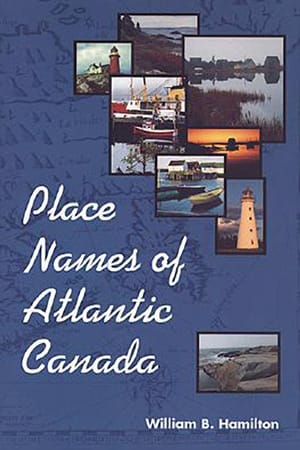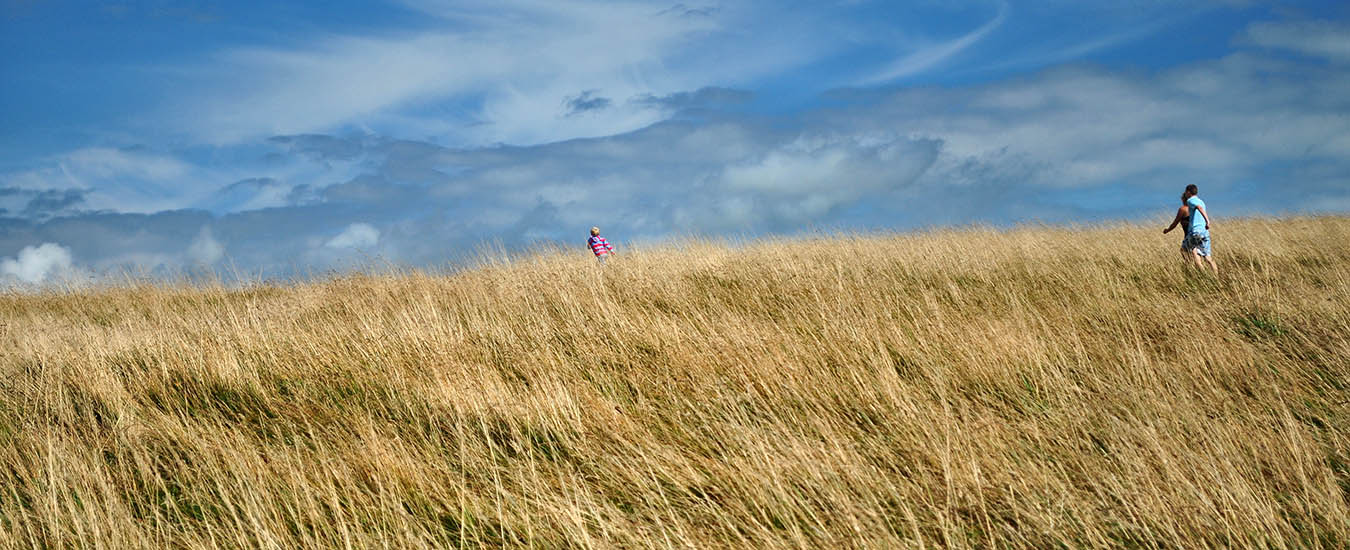The final installation of our three-part trip through the fascinating place names of Atlantic Canada
ON THE final leg of our journey through Atlantic Canada’s unusual and colourful place names, we feature a few locations whose names hearken back to specific local practices, plus a few whose name origins have provoked controversy or remain in dispute.
Sir John Wentworth, the only person ever to have been governor of an American state (New Hampshire) and a Canadian province (Nova Scotia), was Surveyor-General of His Majesty’s Woods in North America after the War of Independence. His deputies travelled the forests marking all the pine trees that were at least 30 cm (12 inches) in diameter to be reserved for masts for the Royal Navy’s ships. The trees were blazed with a “broad arrow” symbol—and that’s how Broad Arrow Brook, NB, got its name.
Broom Point, NL, is named for the custom of tying a birch broom to a vessel’s masthead to advertise that the vessel was for sale. Barking Kettle Pond on Newfoundland’s Avalon Peninsula refers to a practice called “barking,” wherein fishermen fill a large kettle or pot with a tarry mixture boiled from evergreen bark, and then dip nets and sails into it as a preservative against fungus and bacteria.

Isle aux Morts in western Newfoundland hints at the location having been the scene of deaths, yet the truth is just the opposite. In 1828, the ship Despatch, en route to Quebec, was wrecked near this spot. Folklore has it that local fisherman George Harvey, with the help of his daughter, Ann, and son, Tom—and their Newfoundland dog—rigged rescue lines and saved upwards of 150 passengers.
Sometimes there are conflicting stories to explain how a spot earned its name. Tea Hill, PEI, is a case in point. One story attributes the name to the abundance of Labrador tea that grows thereabouts. Another story suggests that the place was named for a local intersection that is shaped like the letter “T.” A third story says that a load of tea was once spilled there when a wagon overturned. The jury is still out on which tale contains any grain of truth.
One of Atlantic Canada’s most unusual place names, and the butt of many a joke, has to be Dildo, on Newfoundland’s Trinity Bay. The name has been used for more than three centuries—and you can choose whether the meaning you believe is the one you can tell the kids or not. One less “adult” suggestion is that the area once had an extensive growth of the plant or shrub of the genus Cereus, sometimes referred to as “Dildo Cactus.” Another holds that “dil” and “do” were sounds used in a musical refrain, just like “tra-la-la” or “fiddle-dee-dee,” and that the place was named for this sort of whimsical tune.
As a final instance of disputed origins, consider Witless Bay, NL. Some say early settlers from Devonshire, England, went there and named it Whittle’s Bay, after their surname. Others believe that the prevalence there of the shrub Viburnum nudum, which people commonly called a wittle or withrod, explains the name. The third contender, and the one I suspect is right, is that some fishermen who took note of the crazy seas thereabouts labeled the area “witless” accordingly.
And thus, our journey through our interesting place names draws to an end. We will have to leave Magnetic Hill, Cranky Point and the rest to another day—or perhaps we’ll bequeath you the project of looking them up.
Once again, I must acknowledge William Hamilton’s book, Place Names of Atlantic Canada, for many key points of reference in my research on this topic; it may help you as well.
Dr. Terrence M. Punch is the author of the series Some Early Scots in Maritime Canada. He was named a member of the Order of Canada last year.
